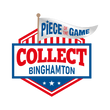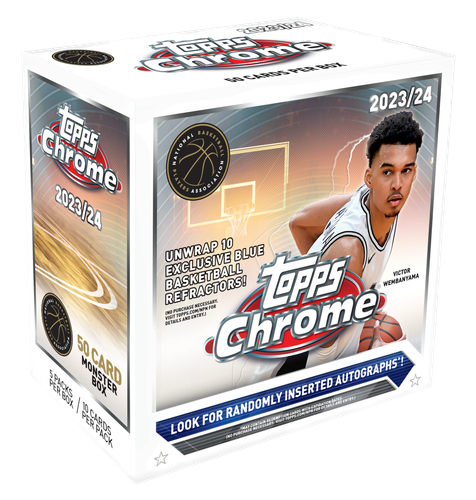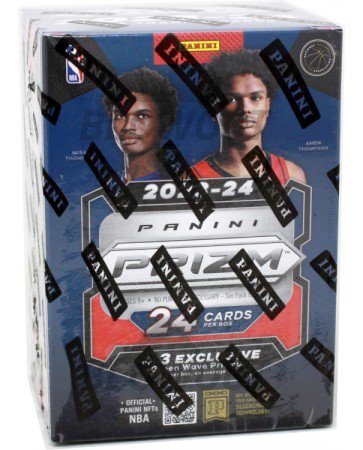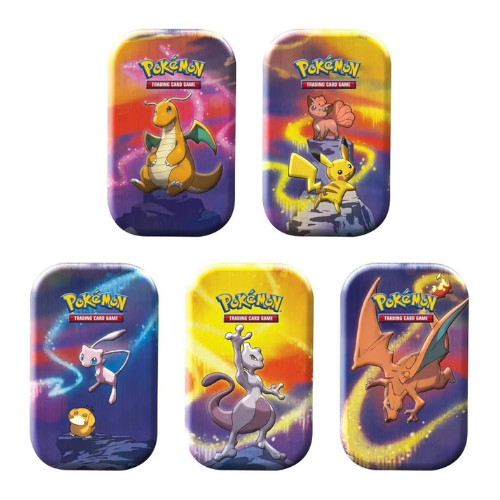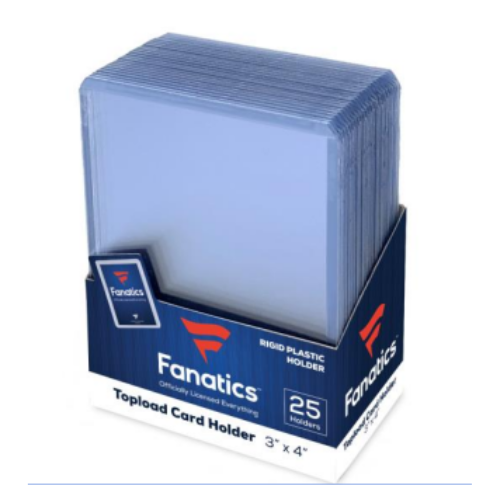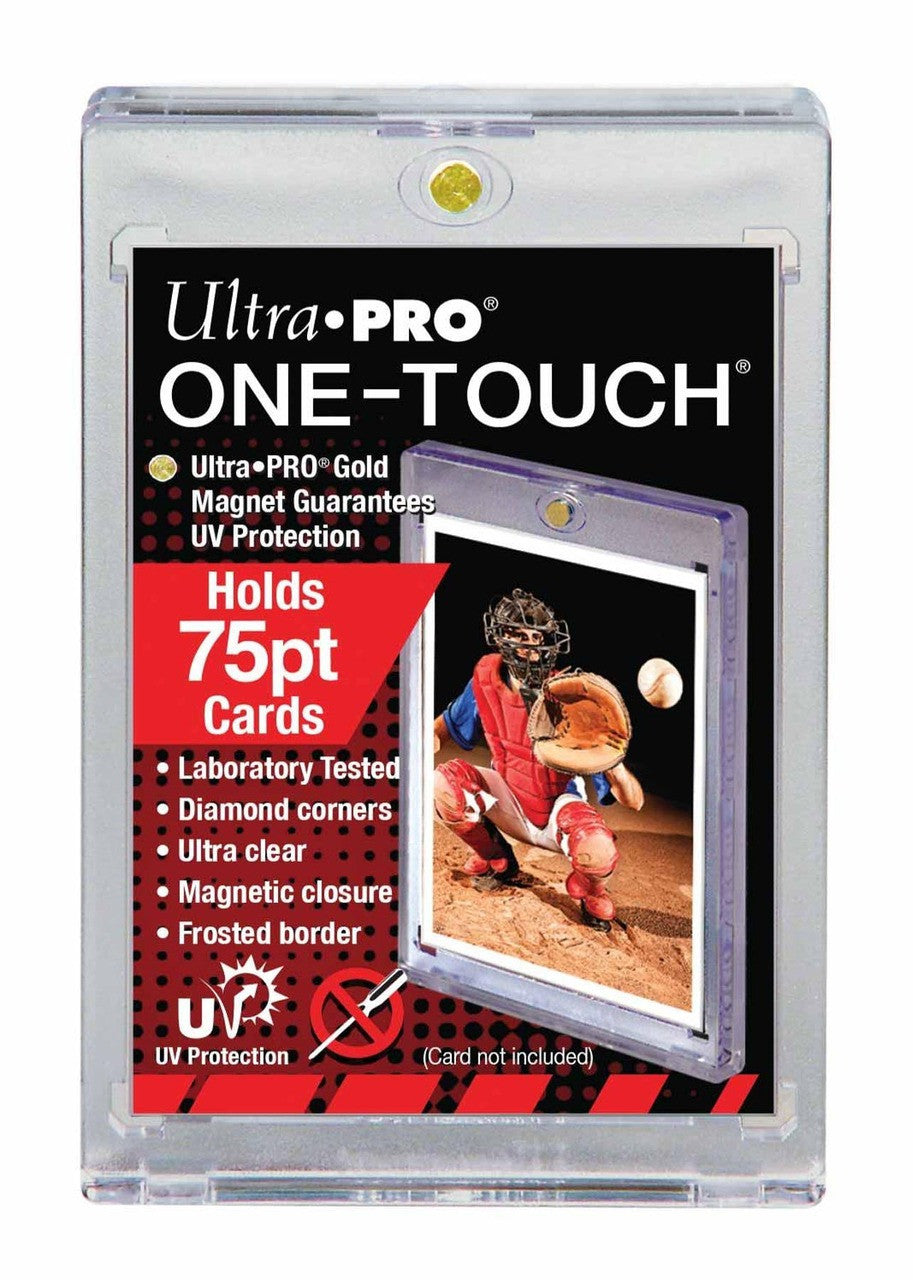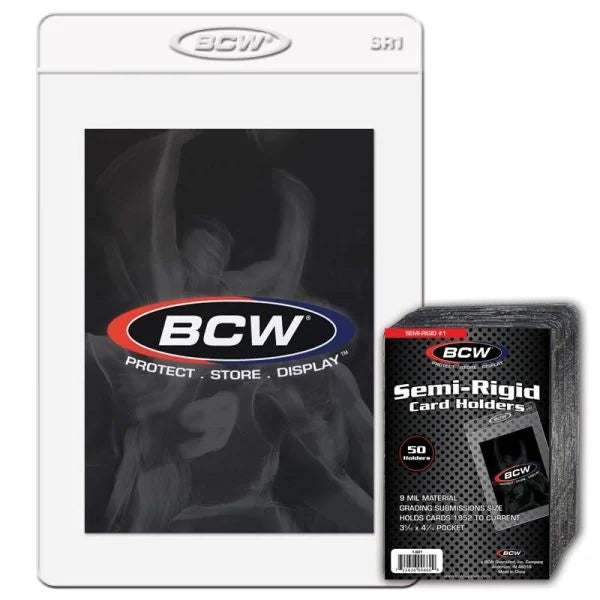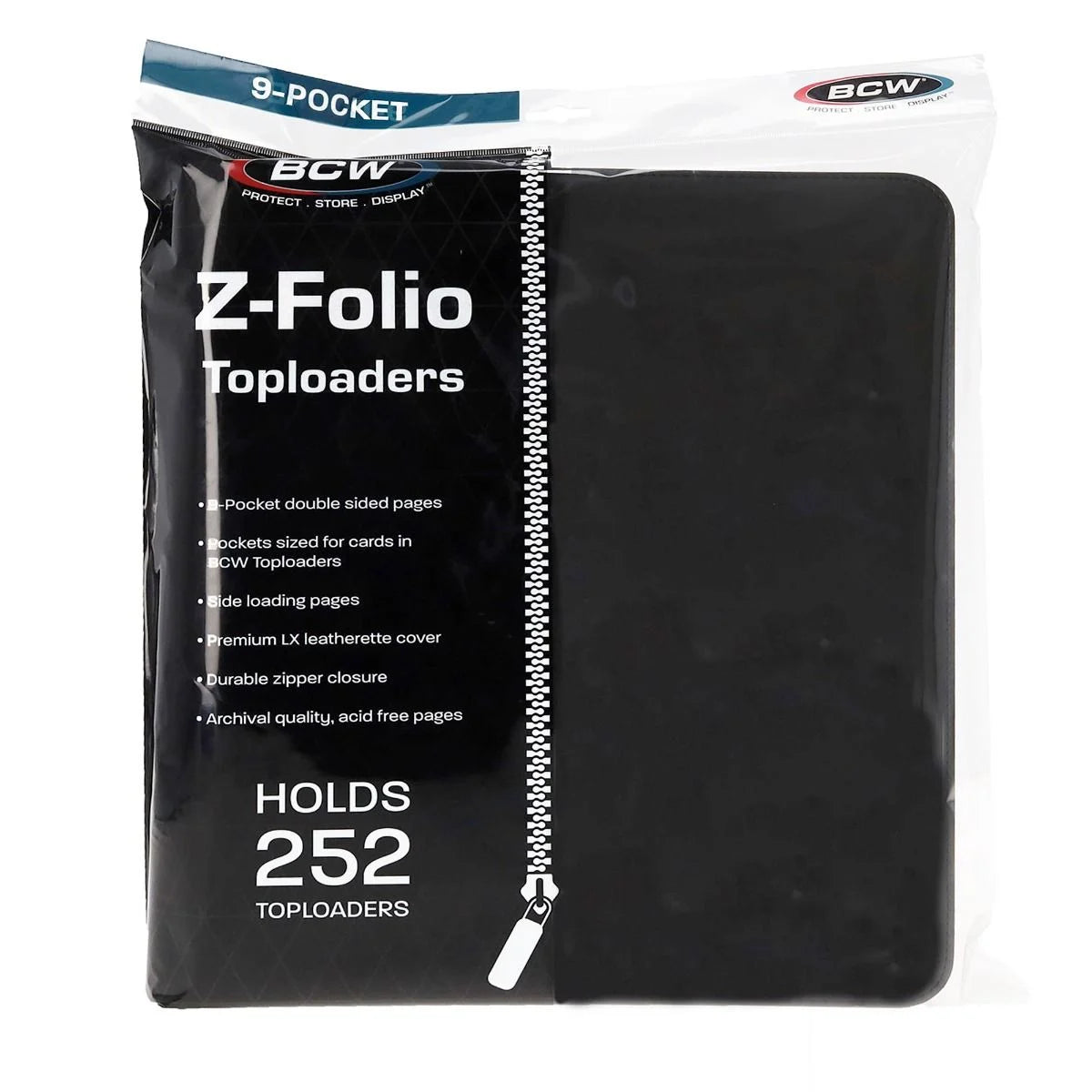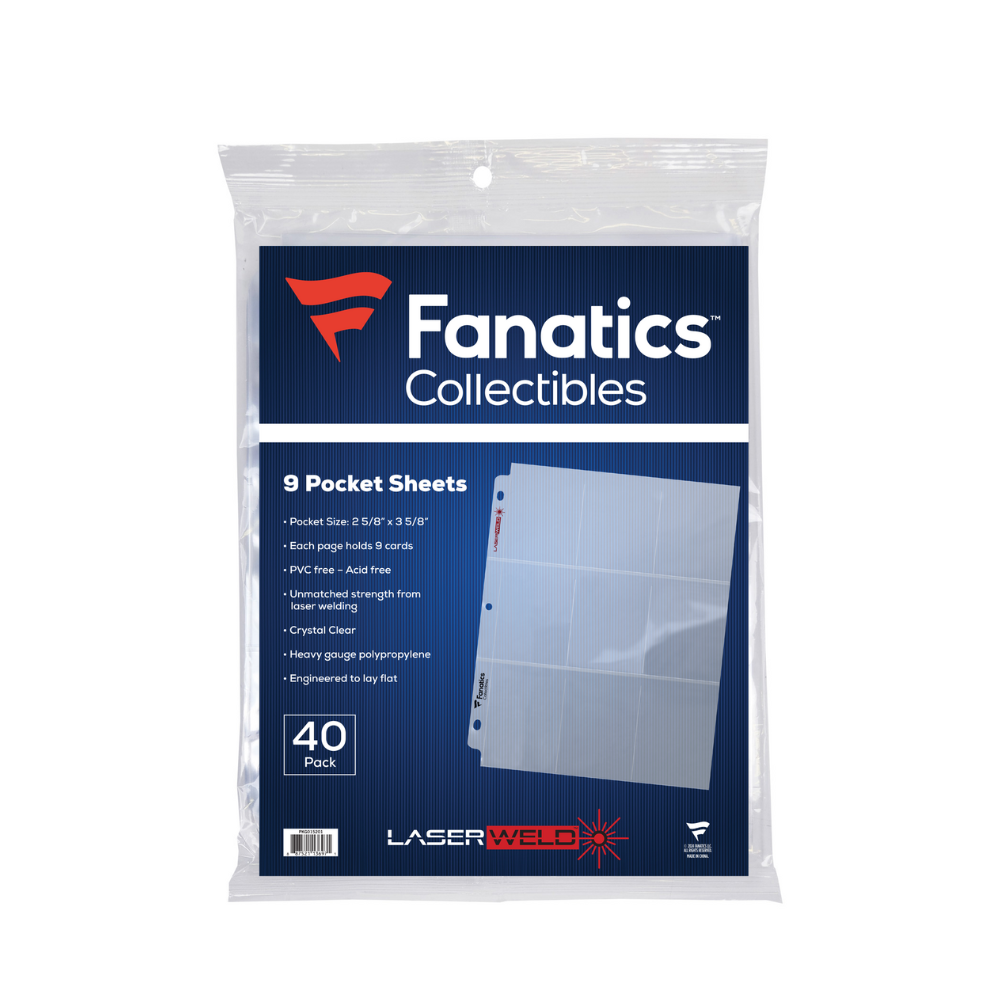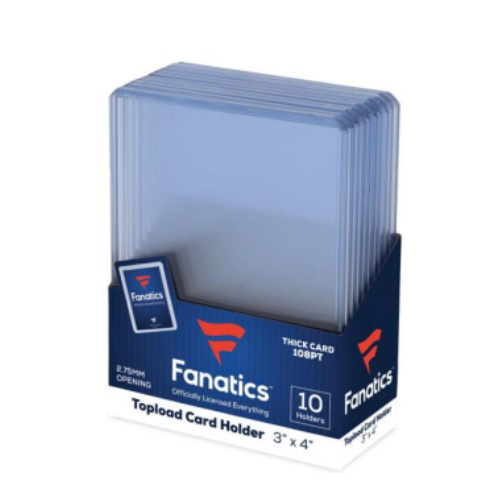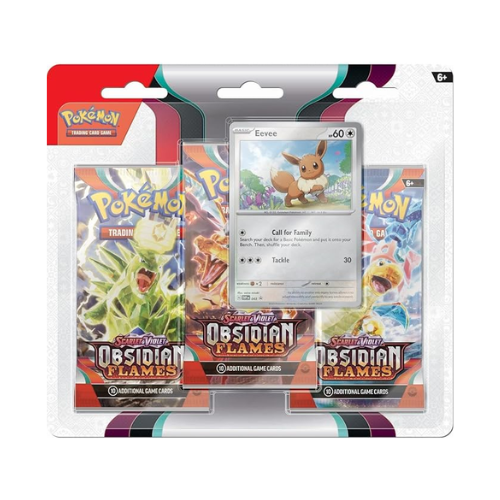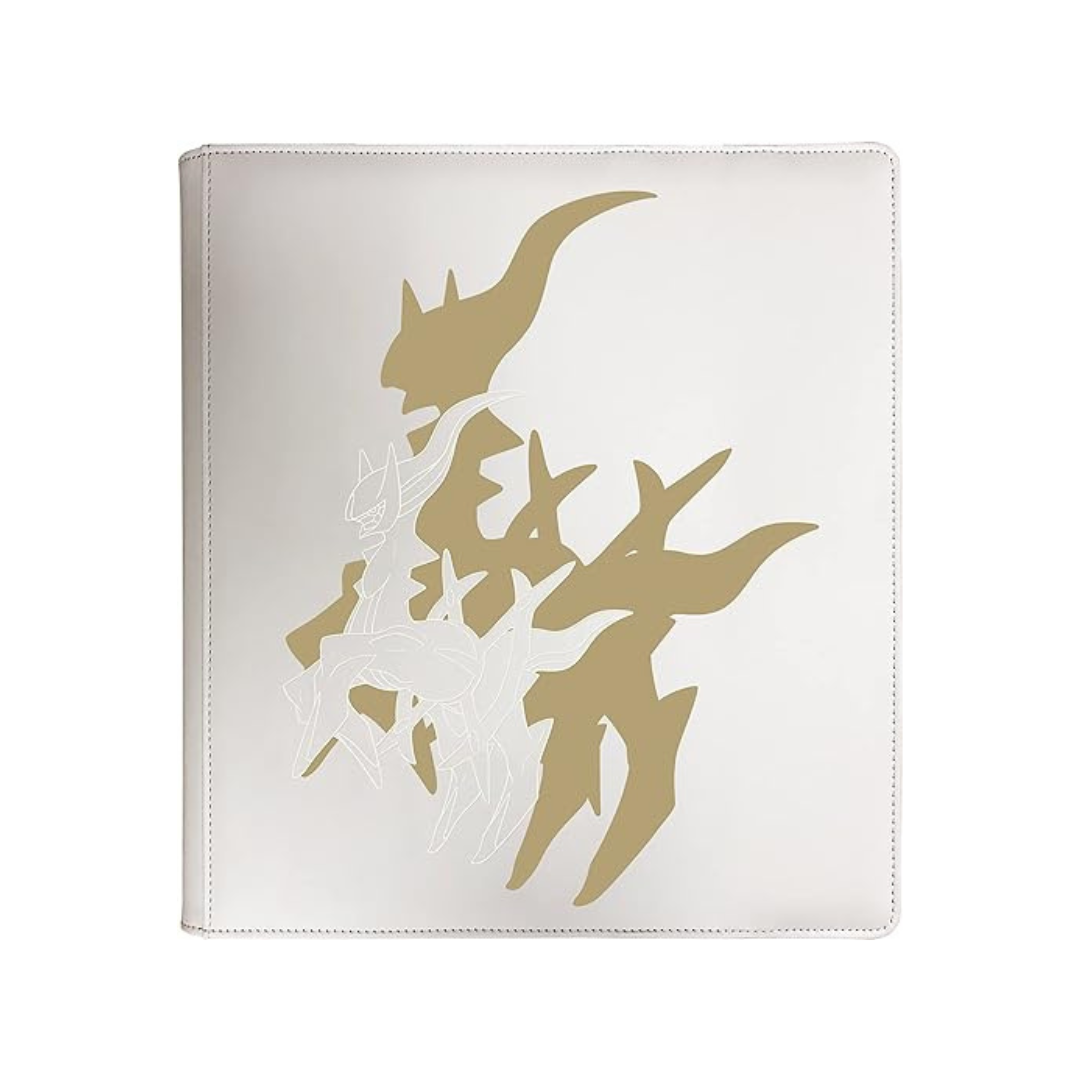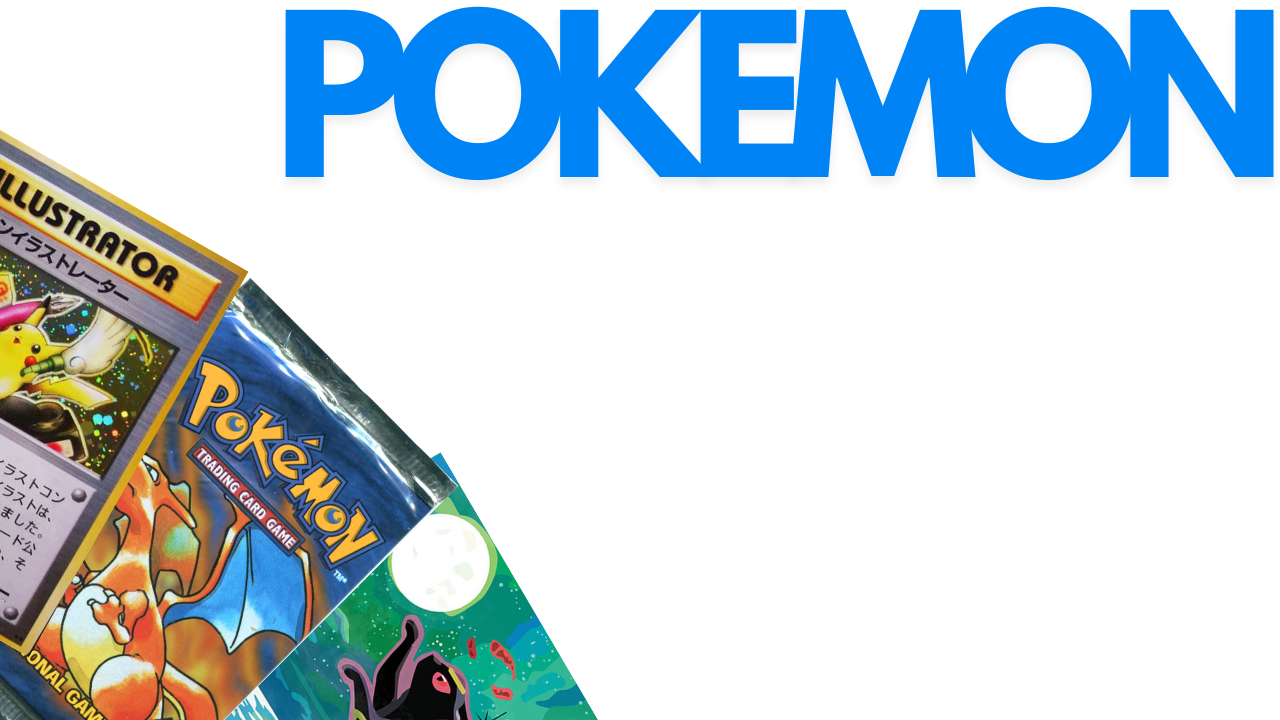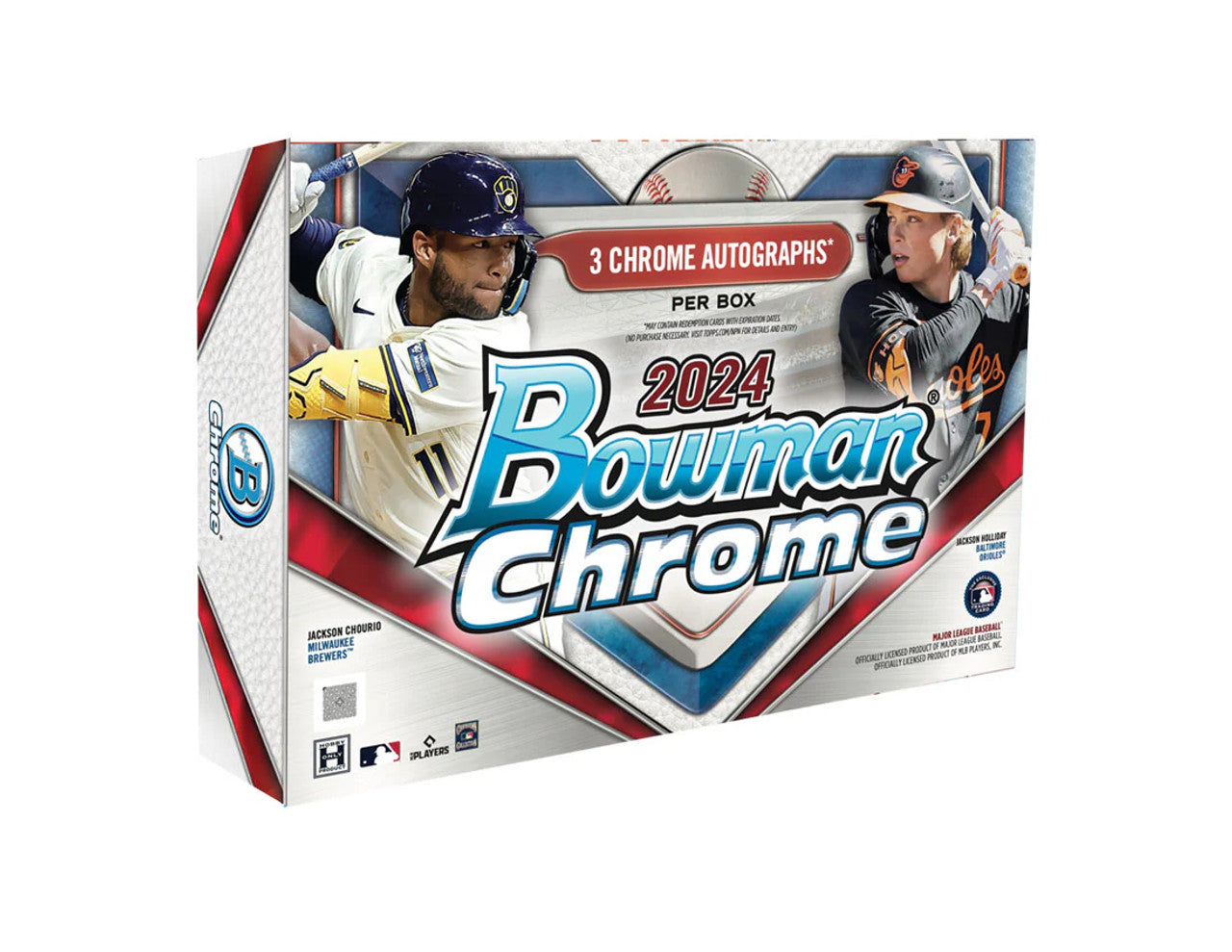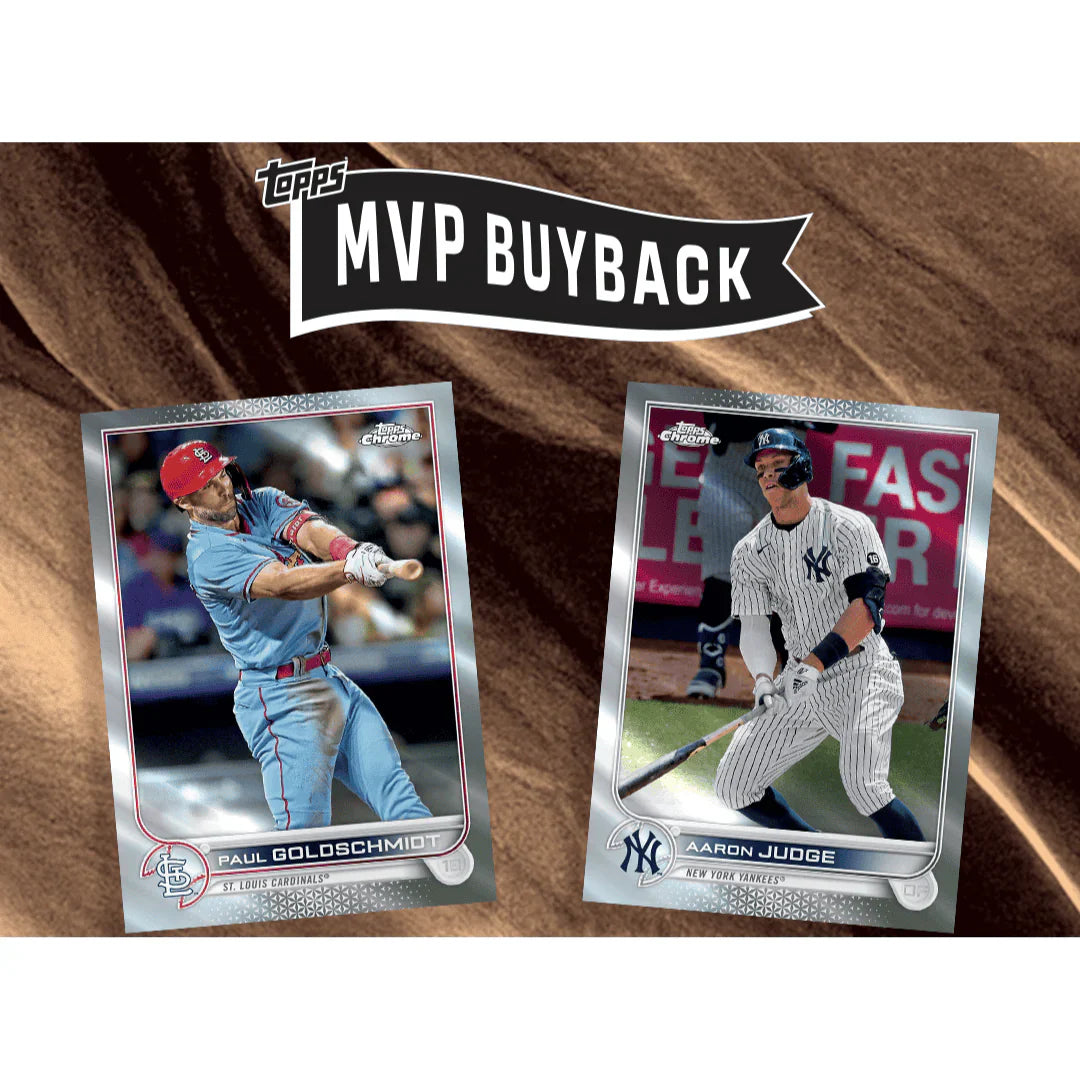How to Play the Pokémon Trading Card Game (TCG)
The Pokémon Trading Card Game (TCG) is an exciting mix of strategy, collection, and battles. As a beginner, diving into this world may seem overwhelming, but with some guidance, you can quickly learn the basics and start enjoying the game. Here’s a comprehensive guide to help you get started with the Pokémon TCG.
Understanding the Basics of the Pokémon TCG
Objective of the Game
The goal of a Pokémon TCG match is to defeat your opponent by either:
- Taking all six Prize Cards: These are rewards for knocking out your opponent’s Pokémon.
- Knocking out all of your opponent’s Pokémon: If your opponent cannot replace their Active Pokémon, you win.
- Running your opponent out of cards: If your opponent cannot draw a card at the start of their turn, they lose.
Card Types
Each card serves a specific purpose in the game:
- Pokémon Cards: Represent the creatures you use in battles. They have attacks, abilities, and health points (HP).
- Energy Cards: Fuel your Pokémon’s attacks. Different types of Energy correspond to different Pokémon types (e.g., Fire, Water).
- Trainer Cards: Provide special effects, like drawing more cards, healing Pokémon, or searching your deck.
Deck Structure
A standard deck consists of:
- Exactly 60 cards.
- No more than 4 copies of any single card (excluding basic Energy cards).
Getting Started with the Pokémon TCG
1. Learn the Rules
The Pokémon TCG rulebook, included in starter sets, provides an excellent foundation. Alternatively, watch tutorials on the official Pokémon website or YouTube channel.
2. Choose a Starter Deck
A starter deck is a pre-constructed deck designed for beginners. It includes everything you need to play, including Pokémon, Energy, and Trainer cards. Look for decks labeled as beginner-friendly, such as those featuring iconic Pokémon like Pikachu, Charizard, or Lucario.
3. Practice with Online Tools
Use Pokémon TCG Live (available for desktop and mobile) to learn the mechanics in a virtual environment. It allows you to play against AI or other beginners.
4. Understand Game Zones
- Active Zone: Where your Active Pokémon resides. This is the Pokémon that fights.
- Bench: Holds up to five Pokémon, which can replace your Active Pokémon.
- Deck: Where you draw your cards from.
- Discard Pile: Where used cards go, including knocked-out Pokémon and played Trainer cards.
- Prize Cards: Six cards set aside at the start of the game. You earn one each time you knock out an opponent’s Pokémon.
5. Learn Card Mechanics
Each Pokémon card includes:
- HP: Determines how much damage it can take.
- Attacks: Require Energy to deal damage or apply effects.
- Abilities: Special passive effects that don’t require Energy.
- Weakness/Resistance: Modifies damage received from certain types.
- Retreat Cost: Energy needed to switch your Active Pokémon with a Benched one.
Building Your Own Deck
Once you’ve mastered the basics, consider creating your custom deck.
Steps to Build a Deck
Choose a Theme or Strategy
Base your deck around a Pokémon type (e.g., Water, Psychic) or a specific Pokémon with a strong ability or attack.
Include Key Components
- Pokémon: 12–20 cards. Include a mix of Basic Pokémon and their evolutions.
- Energy: 15–20 cards. Ensure you have enough Energy to fuel your attacks.
- Trainer Cards: 20–30 cards. Include Supporters (e.g., Professor's Research), Items (e.g., Rare Candy), and Stadiums (e.g., Path to the Peak).
Balance Consistency and Power
Avoid overloading your deck with too many different cards. Consistency is key to drawing what you need during a match.
Test and Adjust
Playtest your deck against friends or online to identify weaknesses and make improvements.
Tips for Beginners
- Start Small: Stick with pre-made decks until you’re comfortable with the rules.
- Practice Makes Perfect: Play frequently to understand the flow of the game and improve your strategy.
- Watch Others Play: Learn advanced tactics by watching tournaments or experienced players online.
- Join a Community: Local game stores often host Pokémon TCG events, including casual play and tournaments.
Expanding Your Collection
How to Get More Cards
- Booster Packs: Contain random cards to expand your collection.
- Theme Decks: Offer pre-built decks with a specific strategy.
- Elite Trainer Boxes: Include booster packs, Energy cards, and accessories.
- Trades: Exchange cards with friends or other players to complete your collection.
Organizing Your Cards
Use binders, boxes, or sleeves to protect and sort your cards by type, rarity, or set.
Stepping Into Competitive Play
Once you’ve mastered casual games, consider entering tournaments. These events range from local competitions at game stores to official Pokémon Championships. Competitive play emphasizes strategy and deck optimization, offering an exciting challenge.
Conclusion
The Pokémon TCG combines strategy, collection, and fun in a unique way. Start with a simple deck, practice often, and immerse yourself in the vibrant community of Pokémon fans. Whether you’re playing for fun or aiming to compete, the Pokémon TCG offers endless opportunities to grow as a Trainer. Enjoy your journey!
